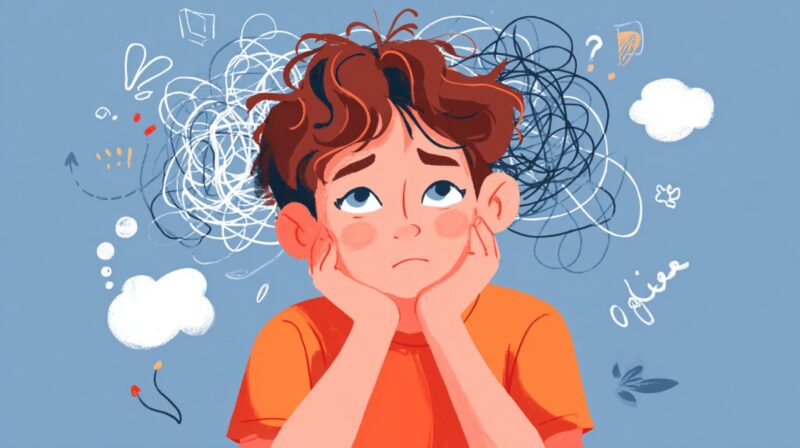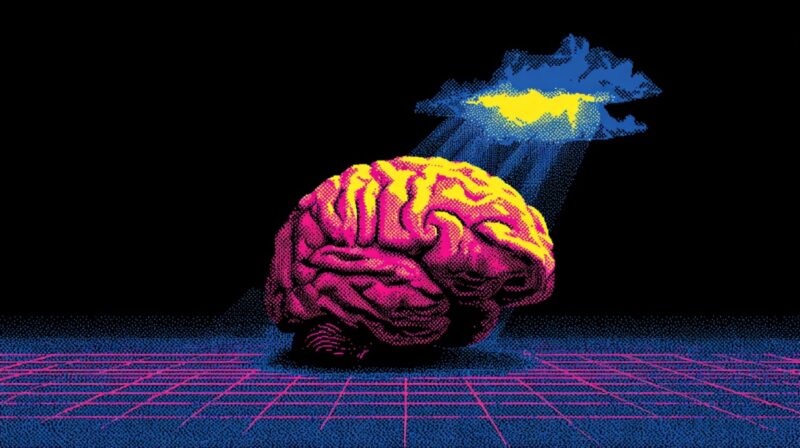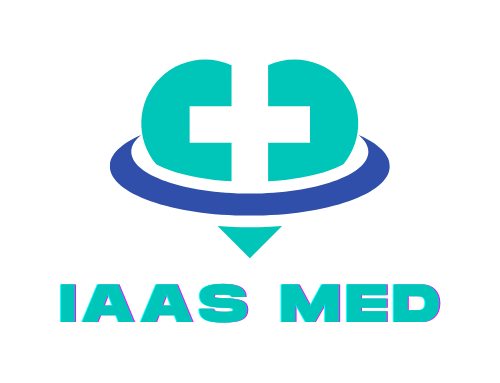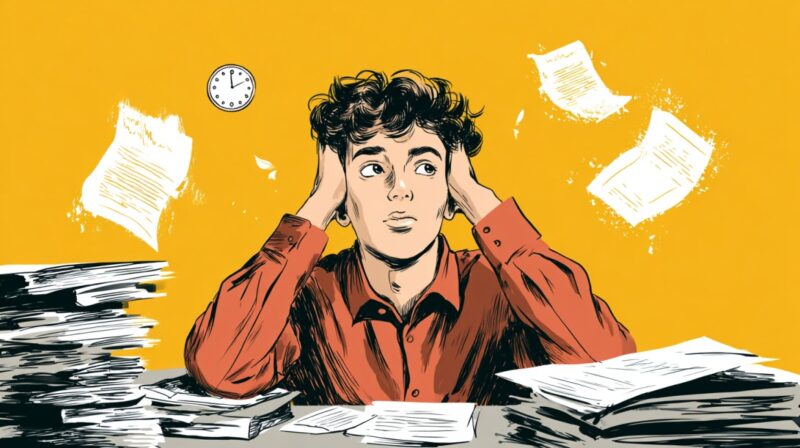ADHD, or Attention-Deficit/Hyperactivity Disorder, affects how people manage time, focus, and motivation.
Adults often face difficulties with distractibility, task initiation, and time blindness, which can interfere with work and personal life.
While the challenges are real, day-to-day strategies tailored for the ADHD brain can create positive results.
Consistency and small steps build confidence and help manage symptoms effectively.
Tip #1: Break Big Tasks into Tiny, Doable Chunks

Large projects can feel paralyzing for someone with ADHD because the brain sees them as one massive, unmanageable task.
Breaking them into smaller chunks transforms something overwhelming into something approachable.
Instead of trying to clean the entire kitchen, focus on wiping one counter or washing a few dishes. It reduces procrastination and makes starting easier.
Creating mini-deadlines keeps momentum flowing, and once one part is completed, it becomes much easier to continue.
- Divide projects into ten or fifteen-minute blocks.
- Use visual checklists to see progress in real time.
- Apply the Pomodoro technique with short bursts of focused work followed by rest.
- Keep tools like timers, sticky notes, or dry-erase boards nearby.
Over time, these consistent micro-actions accumulate into completed projects without the heavy emotional weight of “all-or-nothing” thinking.
Tip #2: Gamify Motivation & Reward Yourself

ADHD brains thrive on novelty and quick rewards.
Gamifying daily tasks transforms boring chores into challenges that feel rewarding.
Racing the clock, competing with yourself, or creating point systems keeps interest alive.
For example, set a timer to see how quickly laundry can be folded or create a point system where each completed task earns a reward.
- Use apps like Habitica that turn tasks into games.
- Create personal incentives, such as enjoying a favorite snack after paperwork.
- Reframe tasks by focusing on benefits, shifting from “I have to” into “I want to.”
Over time, these playful strategies reduce resistance to tasks.
Rewards encourage consistency, making daily responsibilities feel more approachable while building a pattern of success.
Tip #3: Use Body Doubling for Accountability

Working alone often leads to distraction, but body doubling provides a powerful anchor.
When someone else is present, attention naturally improves.
Even if the other person is quietly working on their own project, the shared environment provides accountability.
The strategy can be especially helpful for completing boring or repetitive tasks.
- Joining virtual coworking sessions.
- Creating study or project groups.
- Doing household chores in parallel with a partner or friend.
- Participating in online ADHD accountability groups.
Regular check-ins with another person help maintain momentum and make it harder to walk away mid-task.
Beyond productivity, this method reduces feelings of isolation, giving a sense of shared progress.
Tip #4: Build a “Daily Launch Pad” Routine
Routines reduce decision fatigue by putting important tasks on autopilot.
A daily launch pad makes mornings and evenings smoother by setting up essentials in advance. By placing items in a designated space, energy is preserved for bigger tasks.
Over time, these habits reduce chaos and create stability.
- Keep a key, wallet, and bag station in a consistent spot.
- Use a keychain custom with color tags or labels to make grabbing essentials effortless.
- Set alarms or reminders for wake-up and wind-down routines.
- Establish a “hot spot” where urgent tasks are stored for quick access.
- Prepare clothes or meals the night before to save morning energy.
Consistency builds predictability. Each small step creates a foundation that prevents last-minute stress and supports smoother daily flow.
Tip #5: Limit Distractions with Environmental Tweaks

A cluttered or noisy environment often derails attention.
Adjusting surroundings creates conditions that make focusing easier.
Even small changes can have a major effect on productivity.
- Turning off unnecessary phone notifications.
- Using white or pink noise to block background sound.
- Installing website blockers during work hours.
- Clearing clutter to create a calming workspace.
- Using “out of sight, out of mind” baskets for items not needed immediately.
Tip #6: Use Tech + Color to Your Advantage

ADHD brains process information visually, so colors and tech tools work as powerful organizational aids.
Color-coded systems reduce mental effort by showing priorities at a glance. Adding alarms and reminders prevents time slipping away unnoticed.
Small adjustments to how tasks are organized make them feel more achievable.
- Assign colors to different categories in calendars or planners.
- Use folders and sticky notes in distinct colors for quick recognition.
- Set recurring smartphone reminders for regular tasks.
- Employ LED timers that provide visual countdowns.
- Try color highlights to emphasize urgency or importance.
Even accessories like a keychain custom coded to categories can reinforce structure.
Visual systems combined with technology make daily management smoother and reduce the risk of losing track of important responsibilities.
Tip #7: Master the Art of the 20-Minute Sprint

Short bursts of effort prevent overwhelm and encourage immediate action.
A 20-minute sprint feels manageable and helps bypass perfectionism, making it easier to get started.
Once momentum begins, continuing often feels natural.
- Set a timer for 20 minutes and focus solely on one task.
- Start with something small, like cleaning a single drawer or replying to two emails.
- Play energizing music to boost focus and make the sprint enjoyable.
- Treat the sprint like a game where finishing is the reward.
Sprints reduce avoidance and create a sense of progress.
Tip #8: Create a Self-Regulation Toolbox

ADHD often comes with emotional ups and downs.
Having a set of tools ready for regulation helps manage stress, anxiety, and impulsivity.
These tools create space to pause before reacting, giving time to regain balance.
- Breathwork or mindfulness apps like Headspace.
- Journals for unloading stressful thoughts.
- Quick pause strategies such as counting to three before responding.
- Stress balls, fidget toys, or elastic bands for physical grounding.
- Short walks or stretching to discharge energy and reset focus.
Building routines around self-regulation improves emotional resilience.
Over time, these strategies create steadier focus and reduce reactivity in challenging situations.
Tip #9: Prioritize Sleep, Food, and Movement

Physical health plays a major role in ADHD symptom management.
Adequate rest, nutrition, and movement all directly influence focus, energy, and self-control. Small lifestyle adjustments create a strong base for mental clarity.
- Avoid caffeine at least six hours before bedtime.
- Eat protein-rich meals in the morning for energy and focus.
- Maintain a consistent sleep schedule by going to bed and waking at the same times.
- Use pink noise machines or happy lights to support rest and alertness.
- Incorporate short daily walks or yoga to improve mood and provide dopamine boosts.
When body and brain are cared for, executive functioning improves significantly, making other ADHD management strategies more effective.
Tip #10: Be Kind to Your Brain

Shame and harsh self-criticism make ADHD challenges harder to manage.
Practicing self-compassion helps counter negative thoughts and build resilience.
Treating mistakes as learning opportunities rather than failures supports long-term growth.
- Use gentle, encouraging self-talk.
- Schedule downtime without guilt to allow recovery.
- Celebrate small wins, no matter how minor they may feel.
- Reframe ADHD as a different brain wiring rather than a flaw.
Progress comes through patience, not perfection.
Summary
Managing ADHD successfully requires consistent practice and patience.
Small changes, when applied daily, create meaningful improvements in your mental health, focus, productivity, and self-confidence.
Starting with one or two tips prevents overwhelm and builds sustainable progress.
Over time, a structured, supportive approach turns daily challenges into opportunities for growth.
Journaling successes, joining supportive groups, or seeking accountability partners can reinforce these positive changes while making ADHD management feel less isolating.
Related Posts:
- How to Choose a Healthcare Field That Actually Pays…
- How Long Does It Take for Magnesium Citrate to Work?
- Flat Feet in Children - Diagnosis and Treatment…
- Top 6 Money-Saving Tips on Prescription Medications…
- How to Choose the Right Healthcare Career Path - 17…
- Minimally Invasive Surgery: Pros, Cons, and Recovery Tips















